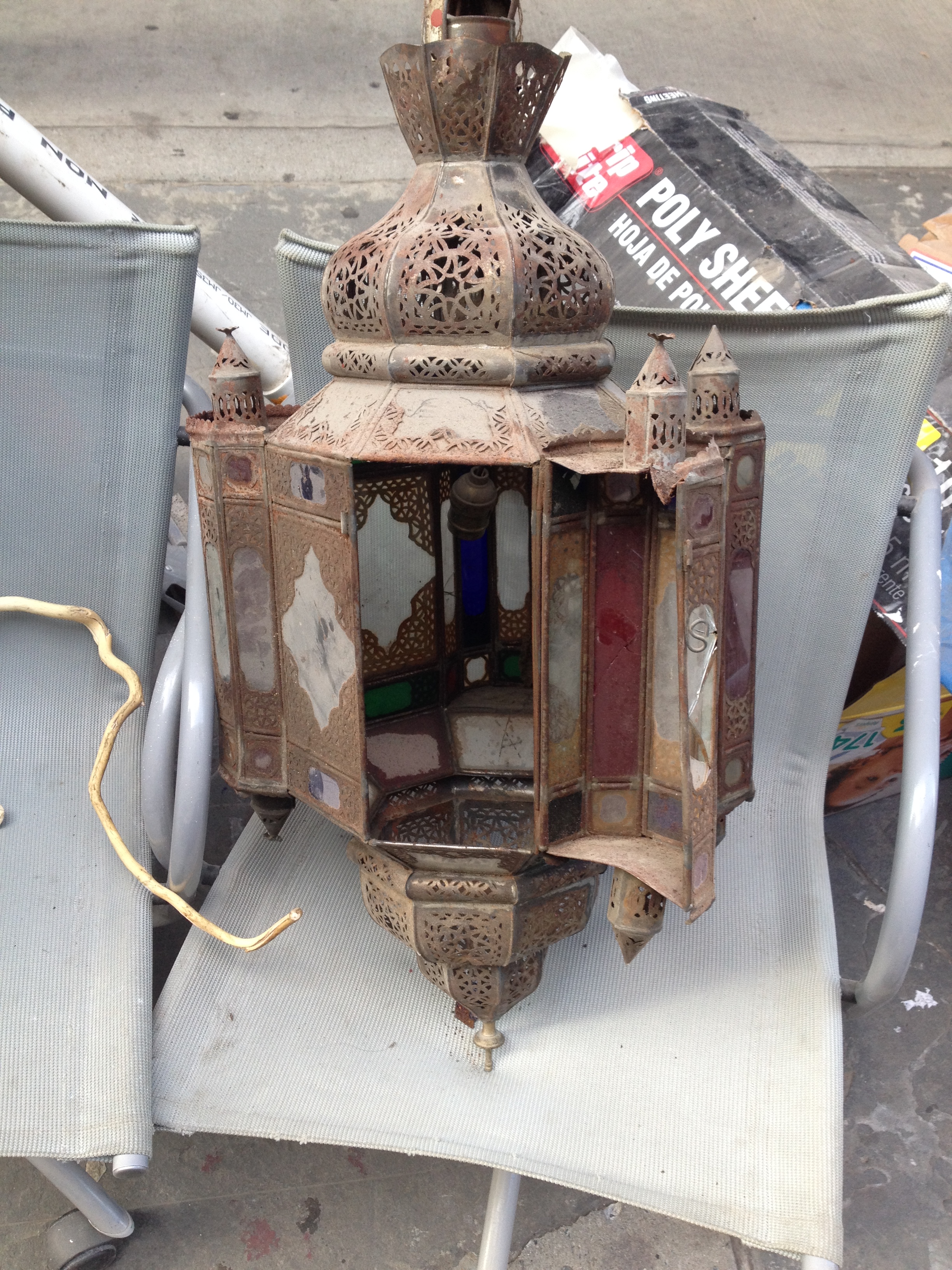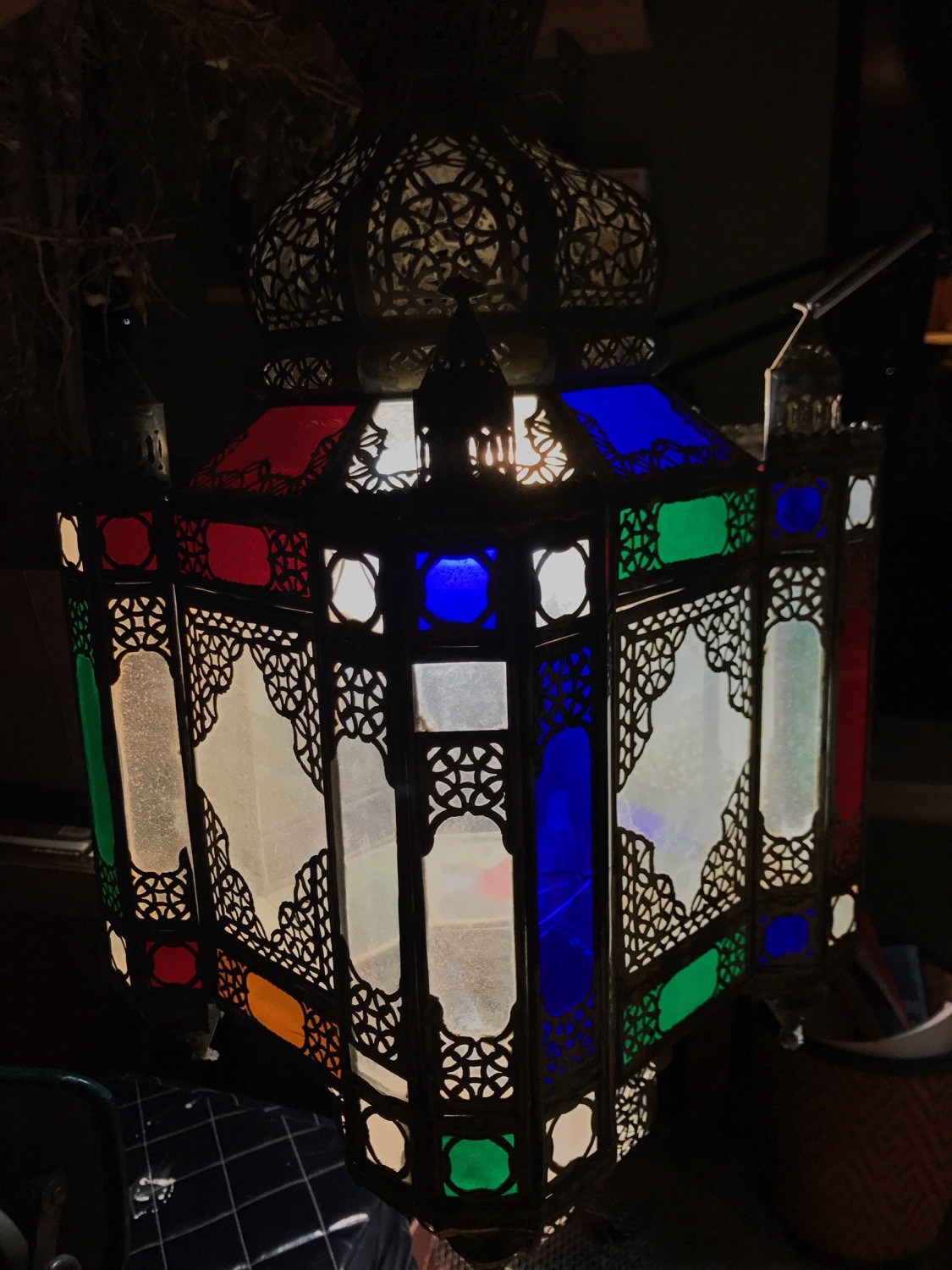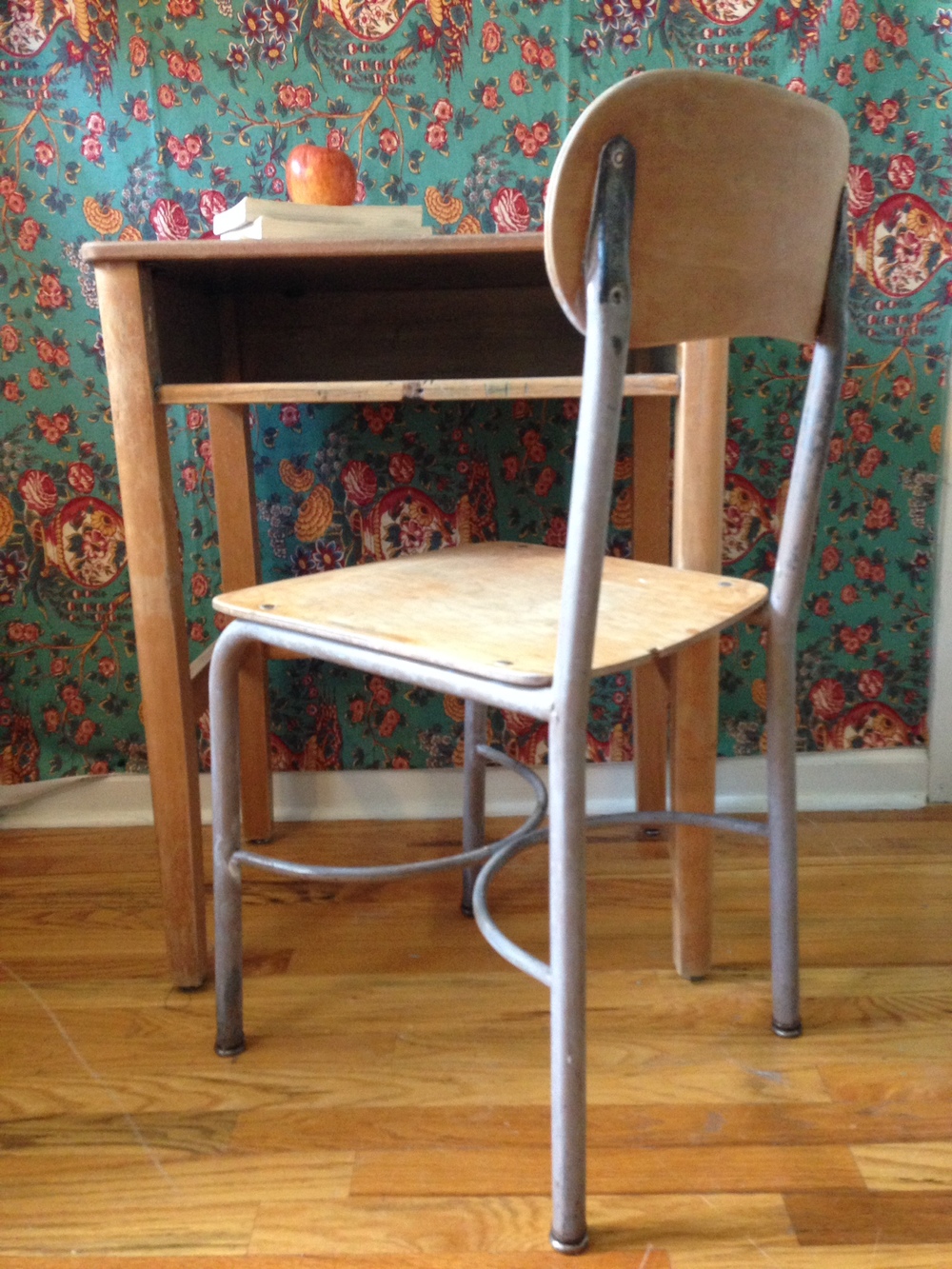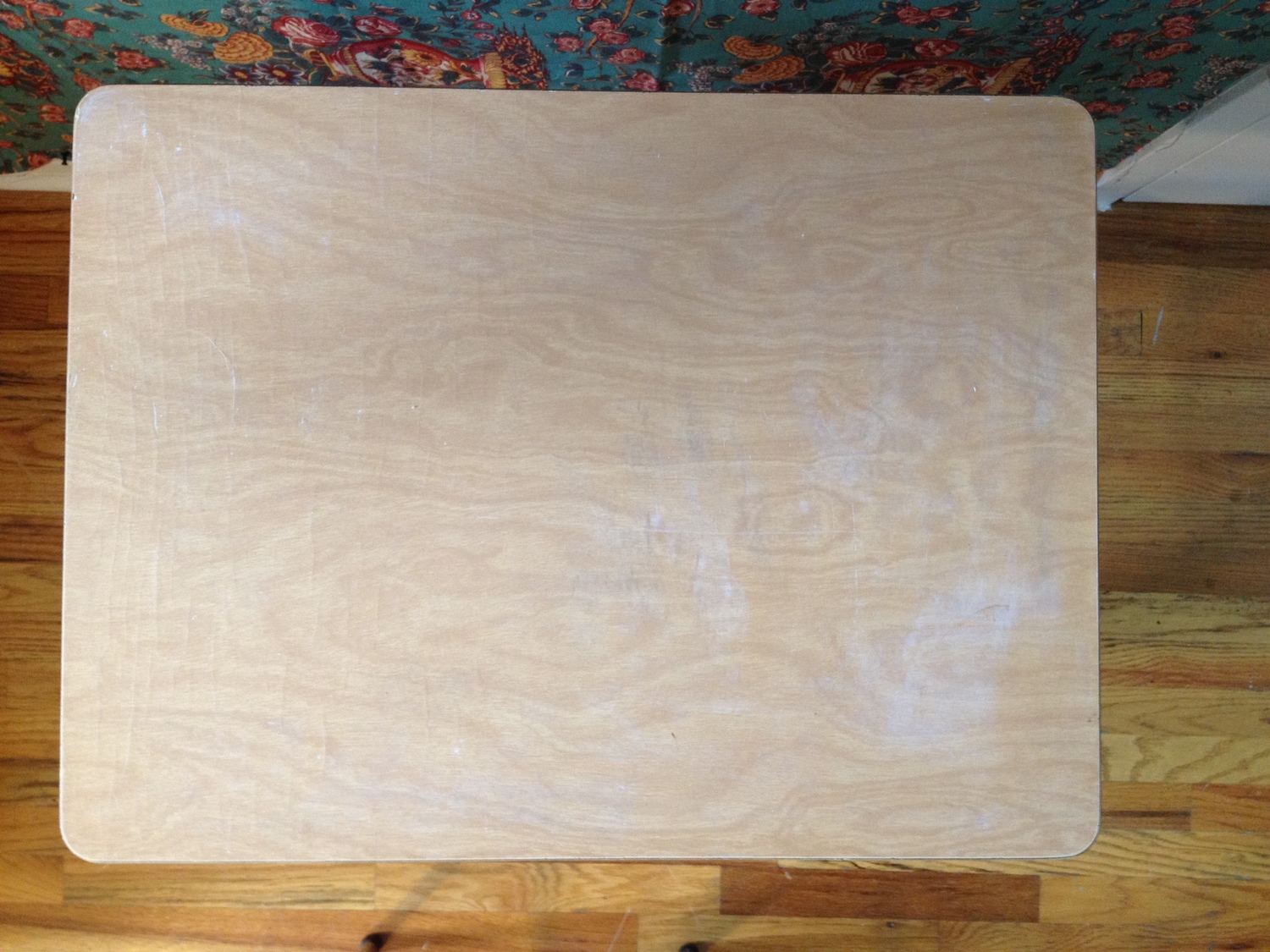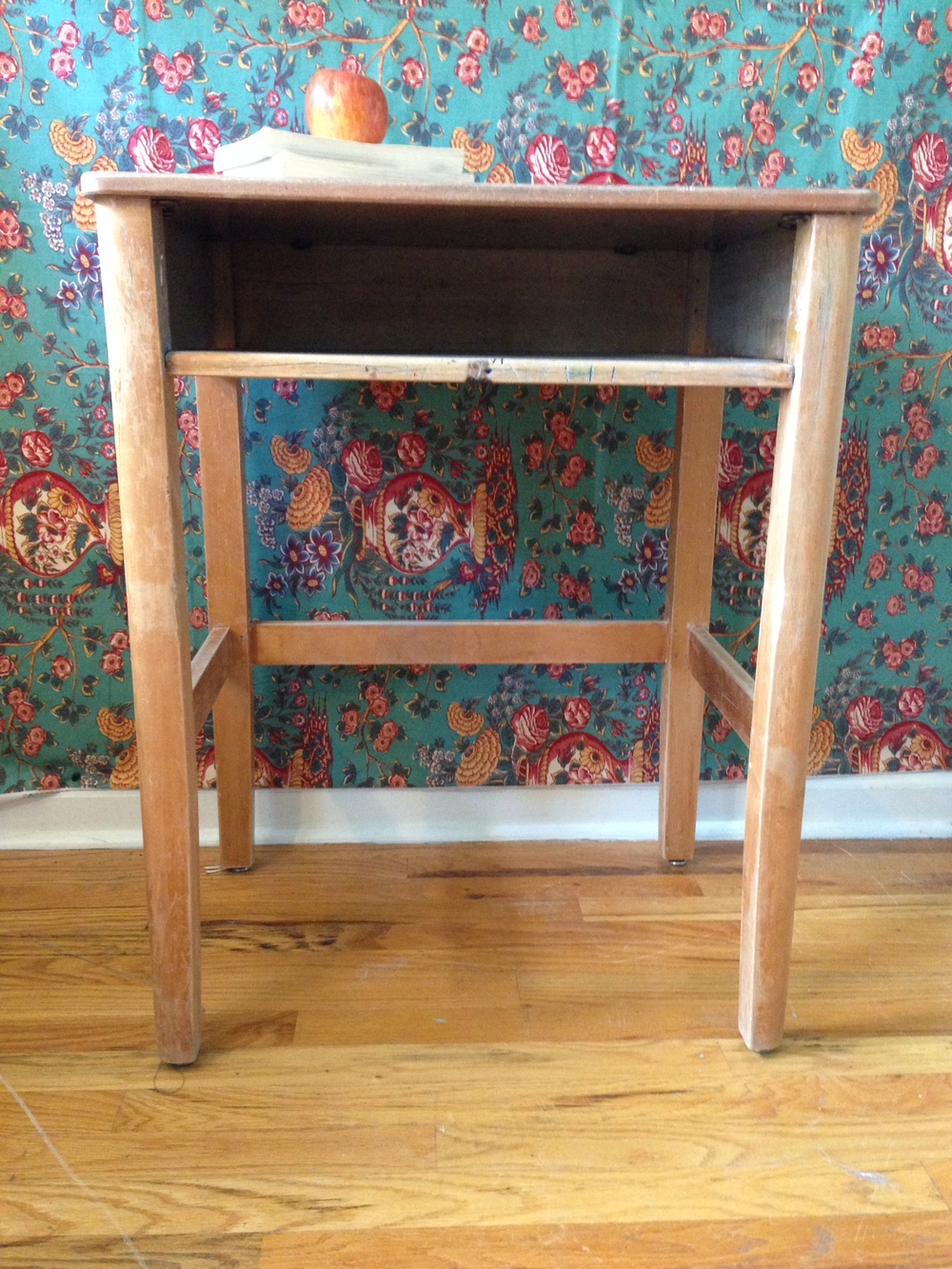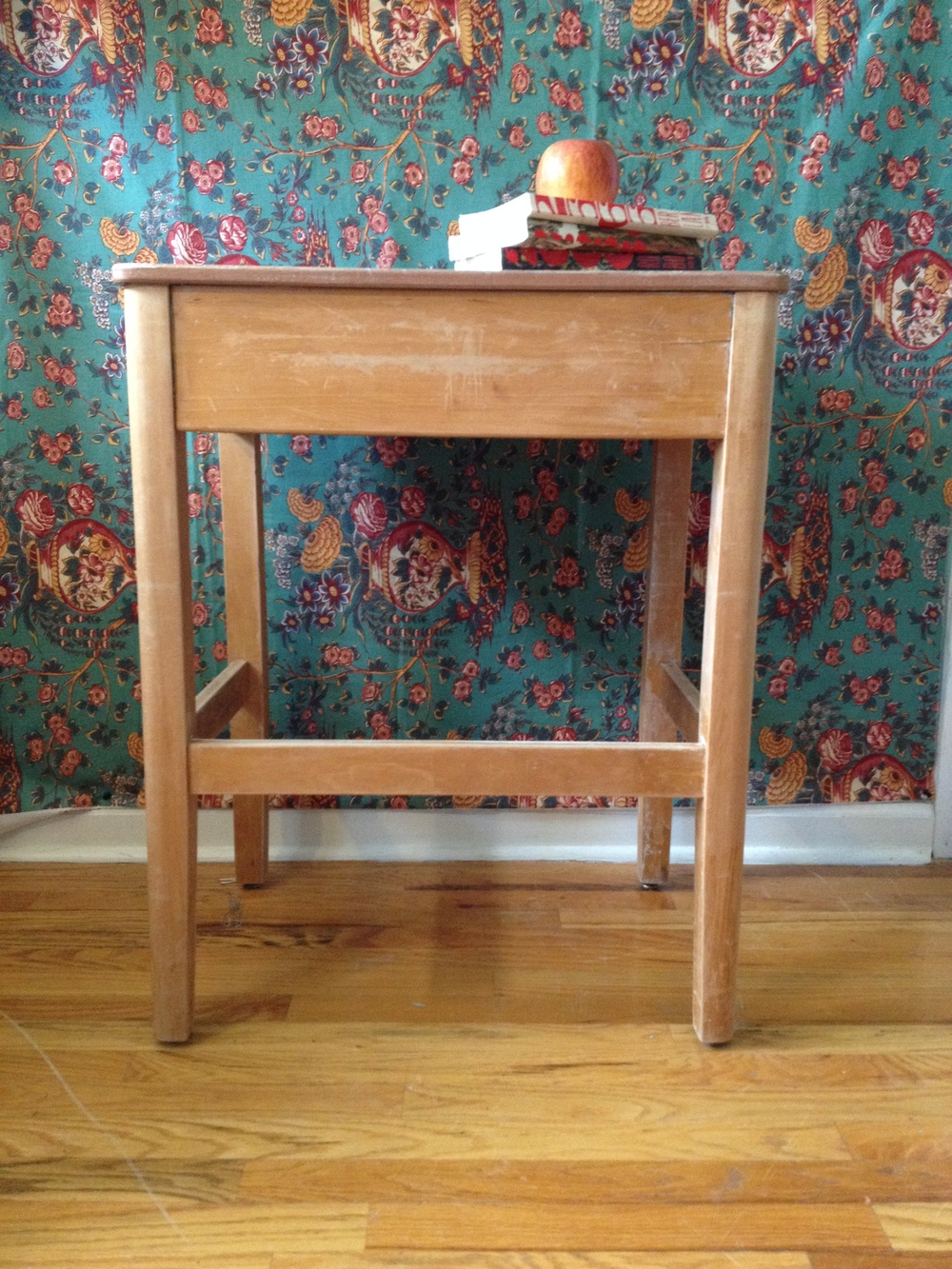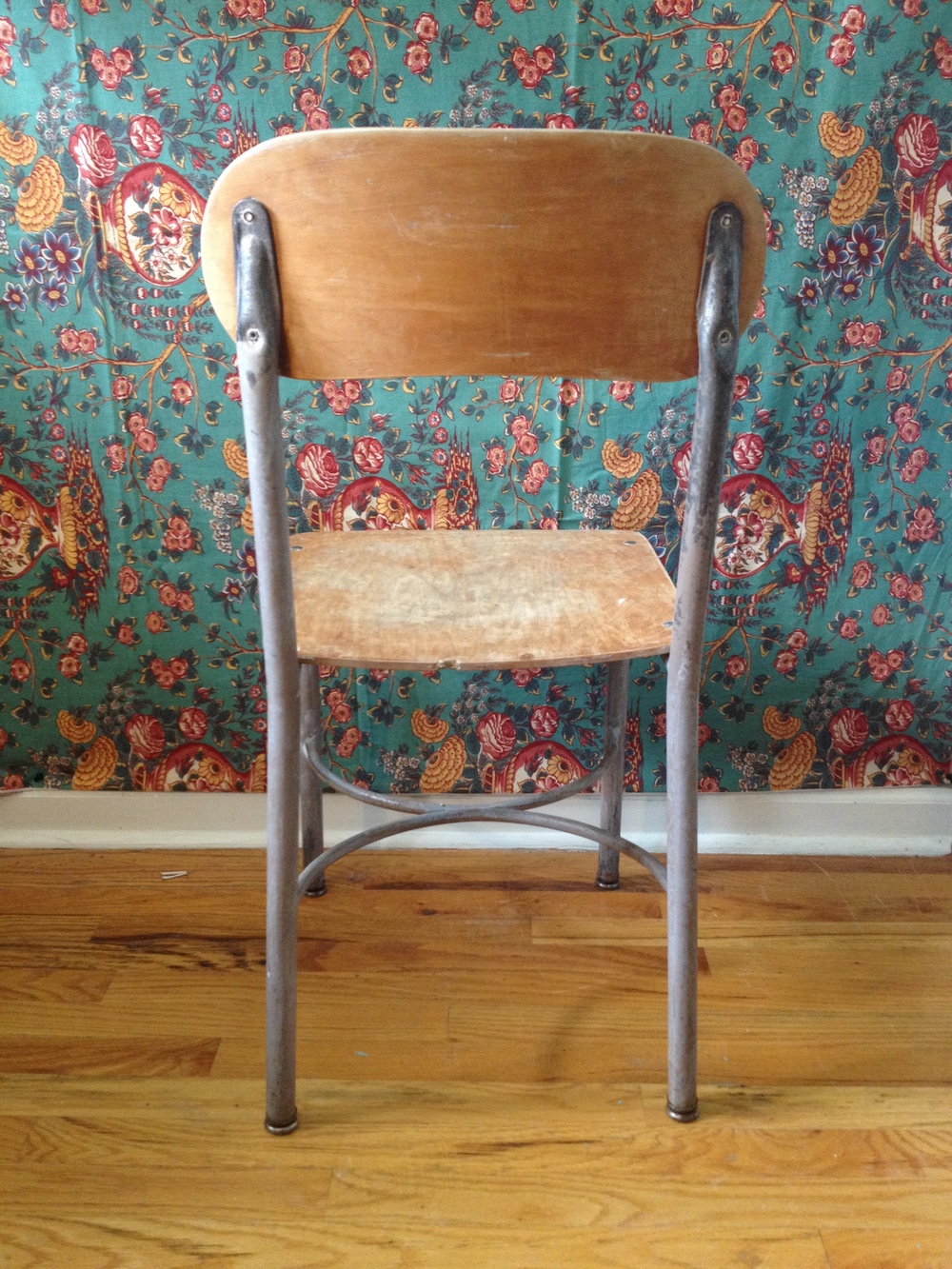Sometimes we'll find an item that we know are cool and feel are valuable but require a bit of research for us to really grasp what we have. Research can be a pretty quick search online, or can go on and off for a couple days. It's important for us to properly represent the true name of an item and provide as much of a history as we can to the new owner of any piece. We feel instilling the authentic character and history of an item instills it's true value and ensures it to have a longer life than if it's, for example, just considered an "old chair."
A couple years ago we came across a building being gutted for renovation near Broadway and Canal Street. This is where SOHO and Chinatown meet in New York, and there is no shortage of street vendors selling goods. Sitting on a cheap, modern chair was a dust, rusted lantern.
Learning about this lamp became actually quite a challenge, and one that we could fully conquer. These lamps turned out to be a bit difficult to date because they were produced over a long period of time.
When we found it, there was only had a small paper tag attached that had "Handcrafted in Morocco" stamped on it.
From the research we've done, it's definitely from the 20th Century. Judging by the style of the metalwork and materials, it was most likely produced somewhere between 1950-1979. More modern designs a slightly less ornate and have simpler flourishes. They're sometimes called Moroccan Mosque Lanterns/Lamps, Hanging Pendant Lights, or Moorish Chandeliers.
The buyer of this lamp told us how much she appreciated learning about this, and we knew that it helped her become more acquainted with a new fixture in her everyday home life.







